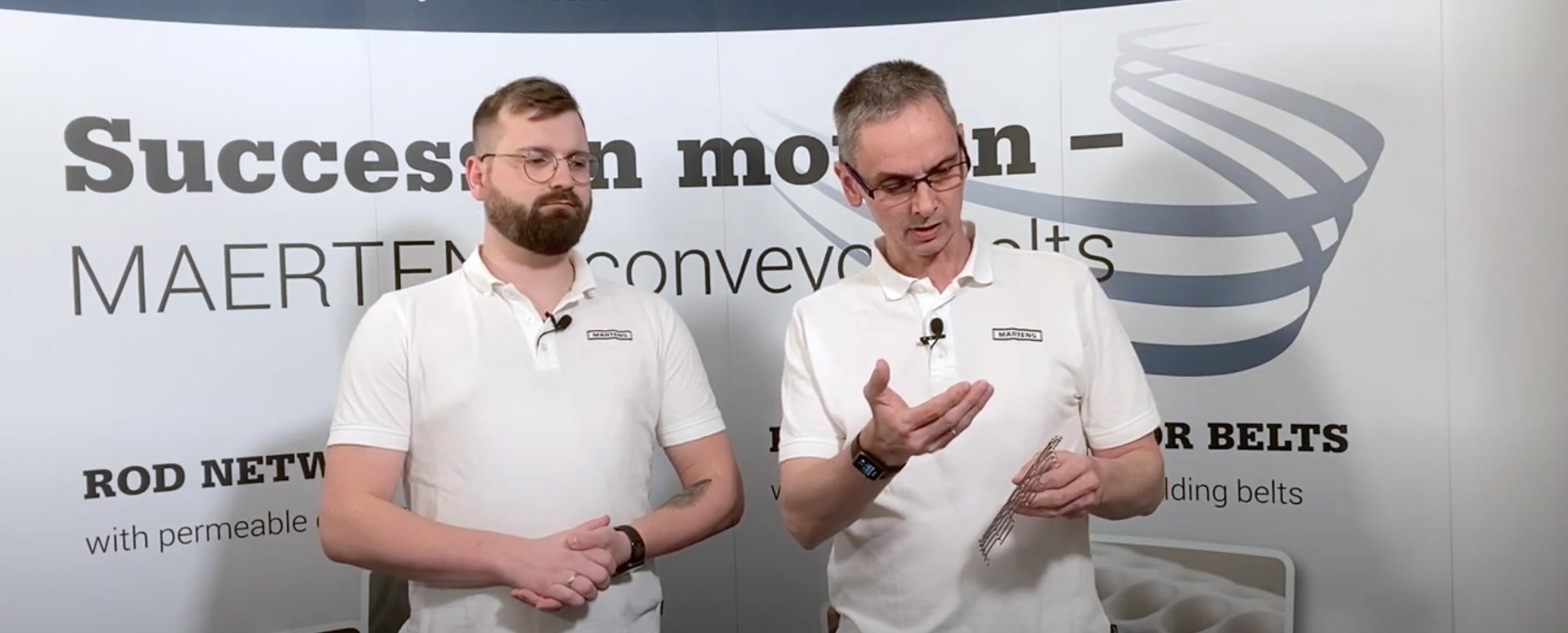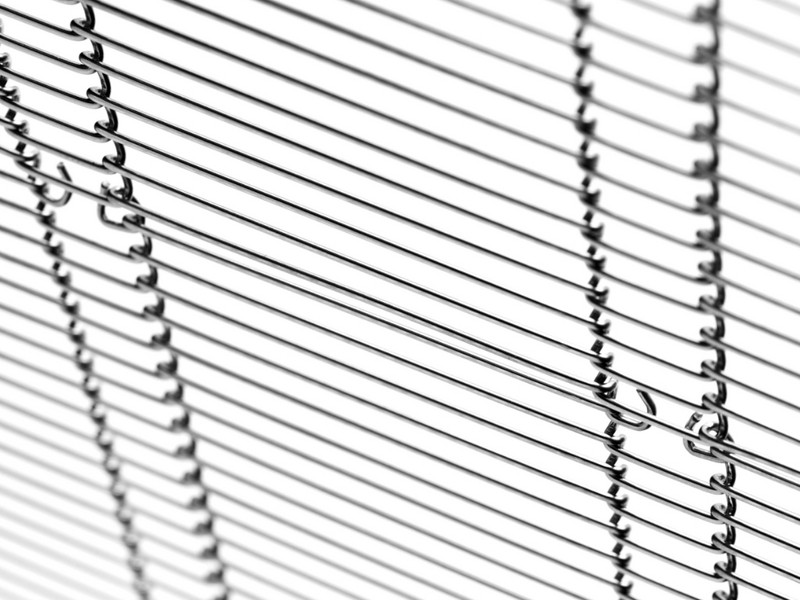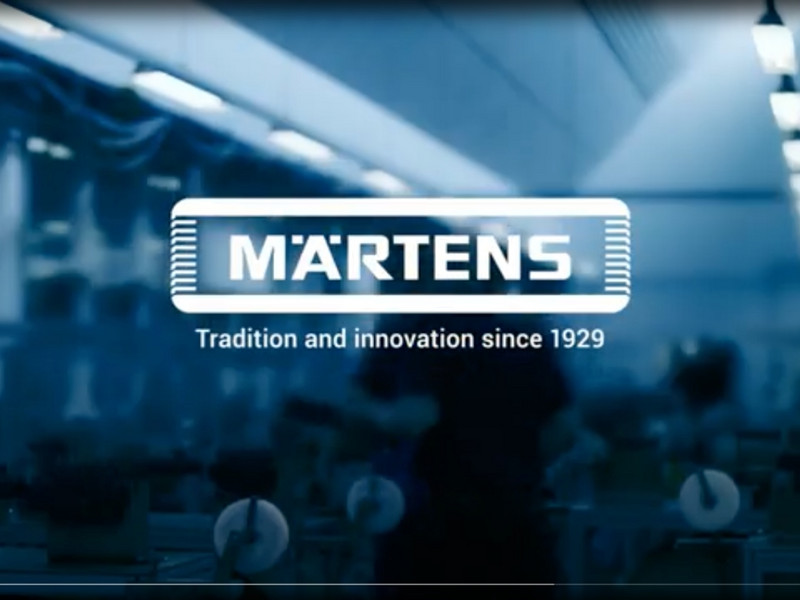They also transport small products, can be easily combined with downstream equipment, and are convincing in terms of hygiene: Our rod network belts made of spring or stainless steel wire are suitable for a wide range of applications. Depending on the conditions, for example with regard to corrosion resistance, the belts can be made of different materials.
New video from Märtens:
Our rod network belts ECO and ELT

Belt is belt? Not at all! In our new video, we go into detail about the differences between the ECO and ELT rod network belts.
They also transport small products, can be easily combined with downstream equipment, and are convincing in terms of hygiene: Our rod network belts made of spring or stainless steel wire are suitable for a wide range of applications. Depending on the conditions, for example with regard to corrosion resistance, the belts can be made of different materials.
In addition, our rod network belts are available in two variants: ECO and ELT (Extended Lifetime). We explain the differences between the two product versions in our new video:
MÄRTENS Clips V: ECO & ELT
We also go into the advantages of ELT, which result from the changed mesh sequence. There is also good news for all those whose interest in our rod network belts ELT has been aroused: Existing plants can also be converted. A suitable practical example can be found here:
Marathon instead of Sprint - Conversion from ECO to ELT
By the way: If you don't want to miss any more videos, it's best to subscribe directly to our YouTube channel.
You can find out more about our rod network belts here:
Rod network belts from Märtens


